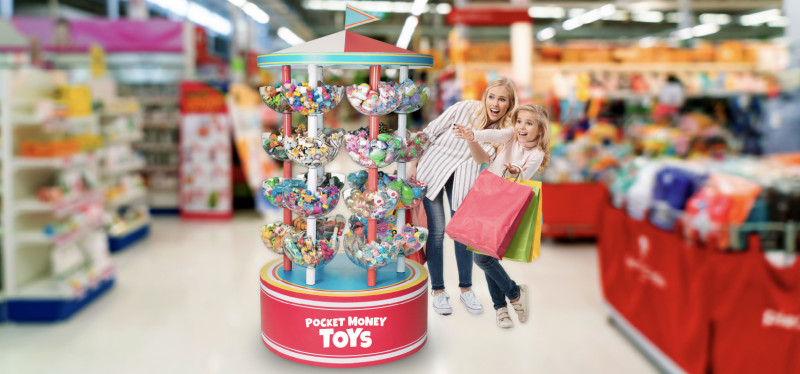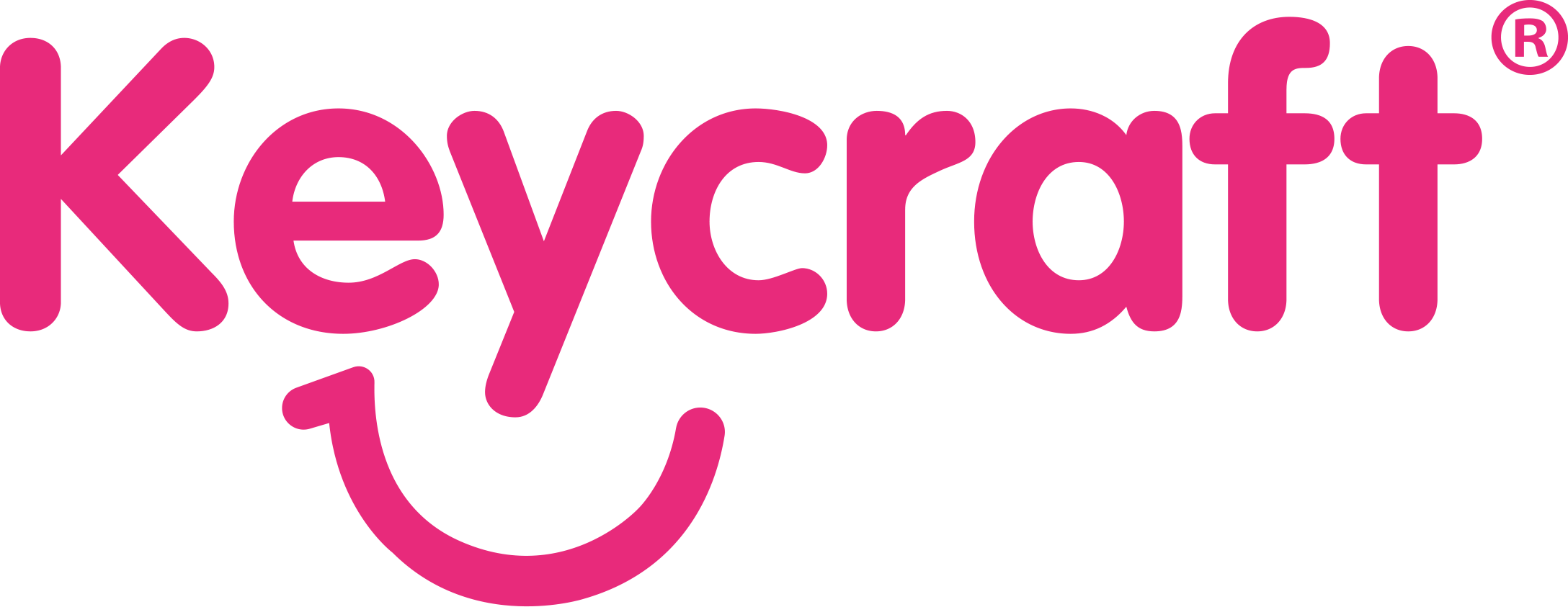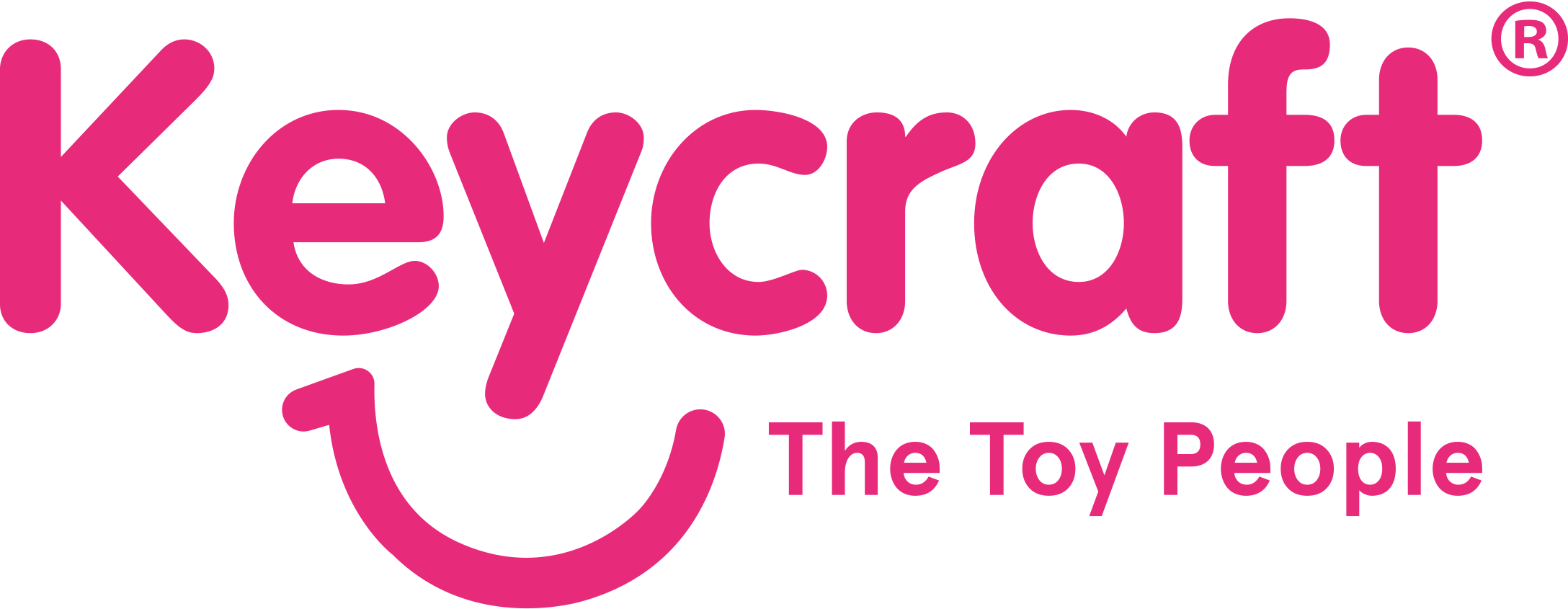How retailers can benefit from impulse purchasing
What is impulse purchasing, how does it work, and how could it benefit your retail business?

An impulse purchase is simply when a customer makes an unplanned decision to buy a product in the spur of the moment.
In the UK, pre-COVID impulse purchases were worth £3 billion every month, with 91% of brits saying they made impulse buys every month.
Over the last couple of years, the COVID pandemic has resulted in an increase of disposable income, creating a surge of impulse purchasing. However, the items that consumers bought reflected more time spent at home and outdoors that pre-2020.
A 2021 US survey found that Americans made an average of 12 impulse purchases a month, spending $276 per month on those purchases, up from $183 per month in 2020. Food/groceries was the top category for impulse spending, followed by household items (42%), clothing (40%), coffee (33%) and toys (29%).
Impulse buys can be stimulated by two primary psychological - or emotional - drivers:
Instant gratification – If a customer sees something they like and want, as long as the cost is not prohibitive, picking it up gives them an instant feeling of pleasure that they can have the object of desire. This kind of purchasing is driven by the feel-good factor of having the item, generating positive emotions.
‘Just in case’ reasoning – A more practically driven impulse purchase, ‘just in case’ shoppers will pick up items that they don’t need immediately but expect they probably will in future. They’ve potentially had previous experiences where they ran out of a similar product, or needed one but didn’t have. The emotional driver behind this type of purchase may be more negative, focussing on the fear of being unprepared or of missing out.
You can use these two emotional drivers to market products and create signage according to which emotions most shoppers will relate to them with. For example, a cute soft toy animal would be a novelty purchase for pleasure. A tub of slime or pack of pencils could be bought as ‘essentials’ to replace already owned items when they potentially run out in future.
Naturally, techniques that successfully encourage more visitors into your store to pick up items they didn’t set out to buy will result in more revenue.
Here are Keycraft’s top 5 tips to encourage impulse purchases:
1. Product visibility – The number one rule of impulse buying is making product displays visible to potential customers, from both outside and inside the store. People want to buy what they can see and reach easily. The more items of a single item on display, the easier that item is to see. Good retail practice involves finding the balance between product choice and product visibility. Learn more about managing your shelf space and purchasing.
2. Product height – People are most likely to pick up products from their eye to chest level. Discover how to use horizontal and vertical merchandising to maximise retail sales.
3. Retail theatre – Stores that wow customers with creative displays retain more customers and benefit from valuable word of mouth marketing. Retail theatre is particularly important if you want to attract lucrative shopping tourism.
4. Cross-merchandising – Positioning the right products together can create an increase in the sale of complimentary or related product ranges. Discover more about cross-merchandising.
5. Price points – Selecting the best-fit price points for your primary customer demographic is the key to success. Too expensive and you could lose sales, or not high enough in quality and you could lose sales. The right mix of high margin versus affordable products for your unique audience has a big impact on turnover and profits.
We have more secrets to share for encouraging impulses purchases with Keycraft’s Science of Impulse.
Keycraft is a wholesale toy manufacturer and distributer, specialising in better quality pocket money toy brands and premium soft toys. If you haven’t already considered a toy selection in your store, discover the benefits of introducing a toy collection.
More News & Insights
Keeping abreast of innovative thinking and industry news gives us the competitive edge.

Keycraft launch drive to onboard resellers of soft toy brand
Keycraft is looking for both retail or online resellers interested in boosting sales by partnering with premium soft toy brand Living Nature – could you be the perfect partner?

Why every toy store needs a plush toy collection
The plush toy trend is predicted to grow by 7.5% each year reaching nearly £14 billion by the end of 2025. This predicted growth is driven mainly by the power of the ‘Kidult’, - toys are no longer just for children.

Meet the Inkerz!
Explore the sensory experience of paint without the mess! These irresistible sensory toys have a unique mix of paint drips which have been safely sealed within the toy.

Keycraft launch drive to onboard resellers of soft toy brand
Keycraft is looking for both retail or online resellers interested in boosting sales by partnering with premium soft toy brand Living Nature – could you be the perfect partner?

Why every toy store needs a plush toy collection
The plush toy trend is predicted to grow by 7.5% each year reaching nearly £14 billion by the end of 2025. This predicted growth is driven mainly by the power of the ‘Kidult’, - toys are no longer just for children.

Meet the Inkerz!
Explore the sensory experience of paint without the mess! These irresistible sensory toys have a unique mix of paint drips which have been safely sealed within the toy.

